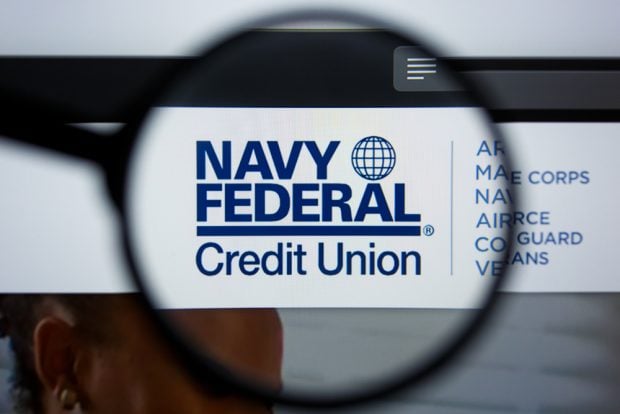 Federal Reserve Building
Federal Reserve Building
Over the past few months, the Federal Reserve Board asked credit unions and banks to provide input concerning its operational practices of the discount window to improve the efficiency and ease of access of the program for those financial institutions.
On Monday, America’s Credit Unions filed a letter with the Federal Reserve Board of Governors that laid out numerous thoughts about how the discount window could better serve credit unions.
Recommended For You
The discount window is a tool that plays an important role in supporting the liquidity and stability of the banking system. According to the Federal Reserve, the discount window provides “ready access to funding against a wide range of collateral, it supports the smooth flow of credit to households and businesses. The Reserve Banks also provide intraday credit to eligible institutions, which supports the safety and soundness of the payments system. While the discount window continues to operate effectively, the Board and Reserve Banks seek to be proactive to ensure that it remains effective and efficient as the banking system continues to evolve.”
In its request for information, the Federal Reserve wanted feedback from credit unions and banks about how it could improve administrative practices including the collection of legal documentation; the process for pledging and withdrawing collateral; the process for requesting, receiving, and repaying discount window loans; the extension of intraday credit; and Reserve Bank communication practices related to the discount window and intraday credit.
In the letter to the Federal Reserve Board, America’s Credit Union Director, Innovation and Technology Andrew Morris wrote, “The Board should explore options for reducing the frequency of pledge files submitted to Federal Reserve Banks to comply with Borrower-in-Custody (BIC) program requirements. In general, depository institutions must submit a BIC pledge file (collateral schedule) detailing loans and other key data elements on a monthly basis to Reserve Banks in order to maintain borrowing privileges. America’s Credit Unions recommends allowing a semi-annual submission schedule for depository institutions that have not borrowed from the Discount Window for a specified period of time determined by the Board based on input from individual Reserve Banks.”
Morris also suggested the following:
- Adopt an extended schedule for pledge file submission for depository institutions that have not received any intraday credit for a specified period of time;
- Survey BIC program requirements at individual Reserve Banks to determine whether there are barriers to accepting electronically signed loans as collateral;
- Review BIC program requirements that limit acceptance of electronically signed notes and explore ways to alleviate these obstacles, or otherwise standardize procedures for accepting electronically signed loans; and
- Consider publishing a request for information inviting comment on how BIC programs might be improved and include information about state laws that limit acceptance of collateral bearing electronic signatures.
© Touchpoint Markets, All Rights Reserved. Request academic re-use from www.copyright.com. All other uses, submit a request to [email protected]. For more inforrmation visit Asset & Logo Licensing.







